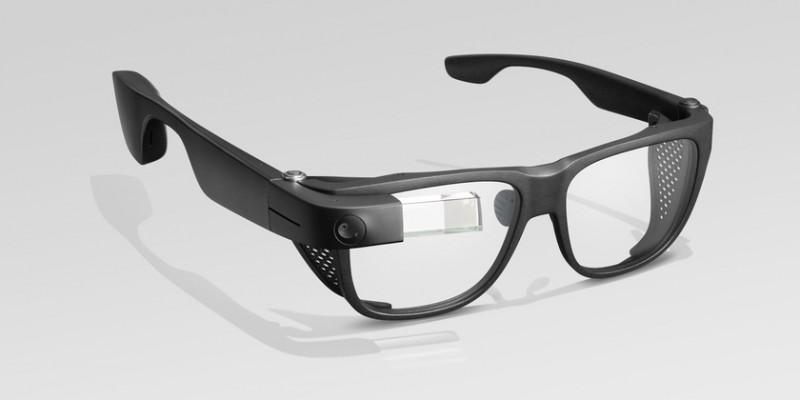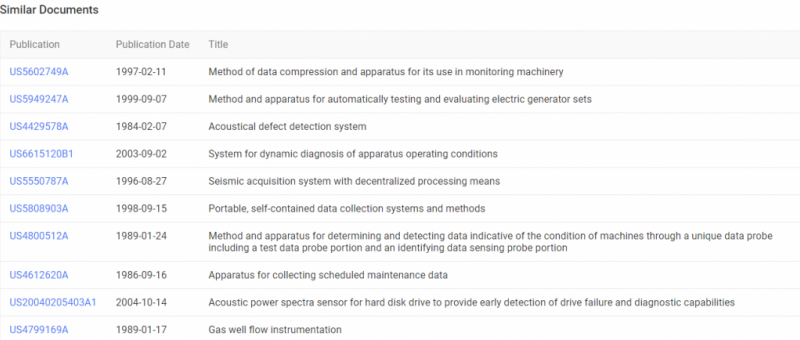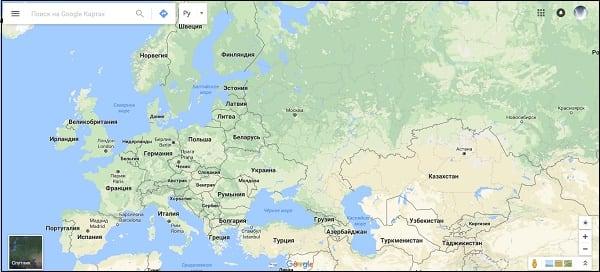Google maps timeline
Содержание:
Global Surface Water
The European Commission’s Joint Research Centre (JRC) has used Earth Engine to develop high-resolution maps of global surface water occurrence, change, seasonality, recurrence, and transitions. The study, published in Nature, analyses Landsat images collected over the past three decades to identify both permanent and seasonal water bodies. Understanding these changes is vital for ensuring the security of our global water supply for agriculture, industry, and human consumption; for assessing water-related disaster reduction and recovery; and for the study of waterborne pollution and the spread of disease. Learn more.
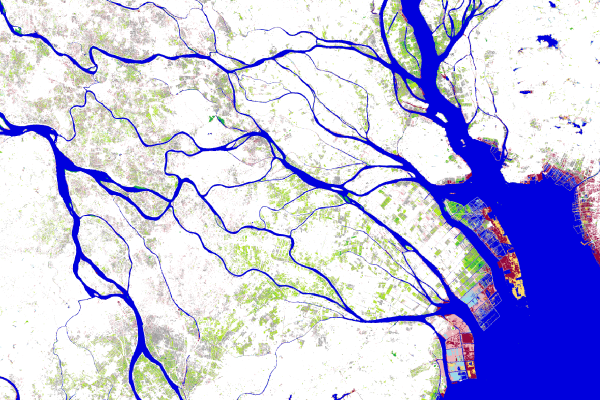
Edit Timeline
If a place is wrong on Timeline, you can edit the location and when you were there. To do this, turn on Web & App Activity:
- On your computer, go to Timeline.
- Find the place you want to change on Timeline and click the Down arrow .
- Choose the correct place or search for a place in the search box.
- To edit when you were there, click the time.
Note: If Web & App Activity is turned off, you won’t be able to edit locations or activities on Timeline, but you can delete a day or your entire Location History.
Find Google Photos in Timeline
You can view your Google Photos in Timeline. To control whether your Google Photos appear in Timeline or not, follow these steps:
- On your computer, go to Timeline.
- At the bottom right, click Settings Timeline settings.
- Under «Timeline» find «Google Photos.»
- To stop photos from showing up on Timeline, make sure the switch is off.
- To show photos on Timeline, make sure the switch is on.
Tip: You can remove photos from Timeline, but this will not result in them or their metadata being deleted from Google Photos.
Remove photos
Photos show up on Timeline when they’re uploaded to Google Photos. You can delete photos from Timeline, but they won’t be deleted from Google Photos.
- On your computer, go to Timeline.
- In the top right of the photo, click the check mark for each photo you want to delete.
- Choose Remove photo.
Delete a day
Important: When you delete information from Timeline, it’s permanent. You won’t be able to see your Location History information on Timeline again. If you have other settings like Web & App Activity turned on and you delete Location History, you may still have location data saved in your Google Account as part of your use of other Google sites, apps, and services. For example, location data may be saved as part of activity on Search and Maps when your Web & App Activity setting is on, and included in your photos depending on your camera app settings.
- On your computer, go to Timeline.
- Click on the day you want to delete.
- In the panel on the left, go to the top right and click Delete .
- Choose Delete day.
Tiger Habitat Monitoring
A team led by University of Minnesota’s Anup Joshi developed a satellite-based monitoring system to track changes and prevent loss to critical endangered wild tiger habitats. Using Google Earth Engine, forest loss data generated by Dr. Matt Hansen and Google, and other data available at Global Forest Watch, the team assessed the changes to all critical tiger habitats over a 14 year period. The assessment is the first to track all 76 areas prioritized for wild tiger conservation across 13 different countries. Their analysis found that the international goal to double the wild tiger population by 2022 is achievable with effective forest protection and management. Learn more.
Global Forest Cover Change
A team led by University of Maryland’s Matt Hansen used Earth Engine to survey over a decade of global tree cover extent, loss, and gain. The study, published in Science, analyzed nearly all global land, excluding only Antarctica and some Arctic islands. This area comprises 128.8 million km2, which is the equivalent of 143 billion pixels of Landsat data at a thirty-meter spatial resolution. To conduct such extensive analysis, Earth Engine performed computations in parallel across thousands of machines, as well as automatically managed data format conversion, reprojection and resampling, and image-to-pixel metadata association. Learn more.
Delete Location History
You can delete all or part of your Location History.Important: When you delete information from Timeline, it’s permanent. You won’t be able to see your Location History information on Timeline again. If you have other settings like Web & App Activity turned on and you delete Location History, you may still have location data saved in your Google Account as part of your use of other Google sites, apps, and services. For example, location data may be saved as part of activity on Search and Maps when your Web & App Activity setting is on, and included in your photos depending on your camera app settings.
To delete Location History, follow the steps below.
- On your computer, go to Timeline.
- In the bottom right, click Delete . You can also click Settings Delete all location history.
- Click Delete location history.
Automatically delete your Location History
You can choose to automatically delete Location History that’s older than 3 months or 18 months.
- On your computer, go to Timeline.
- At the bottom right, click Settings Automatically delete Location History.
- Follow the on-screen instructions.
Global Forest Watch
Global Forest Watch, an initiative of the World Resources Institute, is a dynamic online forest monitoring system designed to enable better management and conservation. Global Forest Watch uses Earth Engine to measure and visualize changes to the world’s forests; users can synthesize data from over the past decade or receive alerts about possible new threats in near-real-time. Launched in 2014, it’s now used by corporations, non-profits, governments, and indigenous groups for applications as diverse as protecting against illegal logging and ensuring supply chain transparency. Learn more.
Chapter 3: Climate Change | By Jeffrey Kluger
For a long time now, Earth has been running a fever. Never mind the few remaining climate-change deniers — really, never mind them; the world has at last moved on — it’s getting awfully toasty down here. The numbers tell the story: 2012 was the hottest year on record in the continental U.S., the 15th driest and the second most volatile, with 11 natural weather disasters, including Superstorm Sandy. Of the 10 hottest years on record worldwide, nine have occurred in the 21st century; the exception was 1998. Average temperatures around the world are up 1.4ºF (0.8ºC) since 1880. On a planet whose water-based chemistry tips one way or the other on tiny thermal fulcrums, that’s a lot.
More important than those statistics are our everyday experiences — the droughts and wildfires searing the American West, the succession of 90-degree days in U.S. cities that once enjoyed less-punishing summers, the steadily rising sea levels inundating coasts and swallowing islands. The planet is sweating, and we feel it every day.
Nowhere is the fluctuation in the earthly thermostat more visible than in the Arctic, as the above Timelapse video of diminishing glaciers demonstrates. In just the past decade, the average size of the summer polar ice cap has been slashed nearly in half, from 2.7 million sq. mi. (7 million sq. km) to just 1.4 million sq. mi. (3.6 million sq. km). In some areas, a clear, navigable passage has opened up during the warmest months, and while that may seem good for global trade — and it is — it’s very bad for the health of the planet. The ice that melts off the Greenland landmass is a key contributor to rising sea levels. What’s more, the ice loss is accelerating, and it will continue to do so for quite some time even if global temperatures stopped rising today. That’s because bright white ice reflects sunlight back into space, while dark blue water absorbs it. Every acre of sea that opens up therefore becomes something of a heat sink, raising the water temperature higher and higher, causing the remaining ice to melt even faster.
For the U.S., this is very much a close-to-home problem, since some of the most dramatic glacier loss is occurring in Alaska — a fact the new Landsat imagery shows in crisp detail. (See above.) Columbia Glacier, in Prince William Sound, once spilled from 10,000 ft. (3,050 m) above sea level in the Chugach Mountains, down though an inlet and out into the water past Heather Island. It barely moved an inch from that position from the time it was discovered in 1794 until 1980.
Since then, as the video reveals, it has not so much retreated as practically fled. At one point in 2001, it pulled back at an estimated speed of 98 ft. (30 m) per day. It has now lost about 12 mi. (20 km) in length and nearly 1,300 ft. (400 m) in thickness. The forlorn reminders of the glacier’s former footprint remain, just beyond Heather Island, in the form of icebergs that calved away as the main mass crumbled, later clustering together in what environmental scientists have nicknamed an “ice mélange.” But the dark, warming waters should ensure that the mélange melts too, and the only reminder of Columbia’s original size will be found in the photo archive.
Mendenhall Glacier, not far from Juneau, has been similarly dying — and its decline has also been captured by Landsat. Smaller than Columbia — at its maximum size, it was just 14 mi. (22 km) long — it has lost at least 1.75 mi. (2.8 km) so far. The summer of 2004 was an especially bad time for Mendenhall, when a dramatic collapse of its leading edge caused it to lose about 600 ft. (200 m) of ice at once.
Portraits of Melting Ice













Camille Seaman
The following photographs are from Camille Seaman’s «Melting Away,» made over the past decade while working as an expedition photographer on small ships in the Arctic and Antarctic. Seen here is a breaching iceberg off Greenland
1 of 13
The immediate solution to the problem of melting is, well, never mind. None exist. The answer will, instead, be a slow process of healing that will only begin with an aggressive plan to curb greenhouse gasses and gradually return us to a thermal equilibrium. Sadly, the commitment to a plan like that doesn’t exist yet either — and that may be the true tragedy.
See your travels
You can see how far you travelled and the way you travelled from place to place, like walking, biking, driving, or public transportation. Whether Timeline measures distances in miles or kilometers is based on your country.
- On your computer, open Google Maps.
- Sign in with the same Google Account you use on your mobile device.
- In the top left, click Menu .
- Click Timeline .
- To see another date, at the top, choose a day, month, and year.
Tip: To see places that you’ve visited recently, click Menu Your places Visited.
See your home and work on Timeline
If you’ve saved your home and work addresses, they’ll show up on Timeline. In addition to Timeline, this information may also be used in other Google products and services.
Learn how to set your home and work addresses.
Time Lapse Photography and Editing
If you want to learn how to make time lapse movies from the beginning and avoid going yourself the hard way of trial and error, consider getting my EBook Time Lapse Shooting and Processing. It’s a step by step guide for beginners, intermediates and even professionals and it covers the whole process of properly setting up the shooting until editing and exporting the film with LRTimelapse.
LRTimelapse
LRTimelapse will take your movies to the next level. It allows you to continuously change Adobe Lightroom or Camera RAW development parameters over the time which enables key-frame animations like in video-processing. The great advantage over post processing your time lapse sequences in your favorite video production software is the much better video quality gained from the preprocessing of the Source-files (RAW, DNG or JPG).
Furthermore, LRTimelapse is one of the best instruments to deflicker your time lapse movies. It offers a visual approach to deflicker, that works completely lossless even with multiple passes. Mutipass-Deflicker can be applied automatically, even in a background task.
Even the Holy Grail of Time Lapse Photography, seamless transitions from day to night, gets as easy as a click with LRTimelapse and the Holy Grail Wizard. You don’t even need expensive and complicated bulb-ramping devices to achieve it and get better, mostly perfect results, with a little bit of practice.
In cooperation with qDslrDashboard, the greatest Mobile App for Camera Control, you get the ability to control your camera, analyze histograms and even automatically adjust settings while the light conditions change – and all that wireless, without touching the camera, you can learn more about that here and here.
- Animate and keyframe Exposure, White Balance, and any other Lightroom editing tool over the time. You can use the full potential of Lightroom / ACR for color grading and even animate Graduated-, Radial- and Paint-Brush-Filters
- Make the “Holy Grail” of time lapse photography – (day to night transition) really easy – either by just manually adjusting your camera when shooting or by using a exposure/ISO/Aperture ramping solution like qDslrDashboard or others.
- Multipass-Deflicker with one click – do this based on the look of the developed images without having to leave the RAW-workflow. This gives you the best quality possible.
- Seamless integration with Lightroom Classic 7, 6, 5, and 4 with the powerful LRTExport plugin.
- High performance video rendering engine for high quality videos in up to 8K resolution and in MP4/H.264, ProRes (even on Windows), H.265 and MJpeg.
- and many, many more…
The LRTimelapse Pro Timer
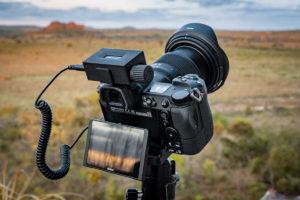 The LRT Pro Timer is the perfect Intervalometer for your advanced timelapse work. It offers many advantages compared to standard intervalometers. Check it out!
The LRT Pro Timer is the perfect Intervalometer for your advanced timelapse work. It offers many advantages compared to standard intervalometers. Check it out!
The LRTimelapse Forum
Please feel free to join the discussion in our forum. You will get help there if you happen to encounter any problems. You are also welcome to share your experiences and workflows there too.
I will post news regarding LRTimelapse via the corresponding facebook page and twitter account @lrtimelapse. Please follow me there. My German Facebook Page is Thank you!
TIME and Space | By Jeffrey Kluger
Editors note:On Nov. 29, 2016, Google released a major update expanding the data from 2012 to 2016. Read about the update here.
Spacecraft and telescopes are not built by people interested in what’s going on at home. Rockets fly in one direction: up. Telescopes point in one direction: out. Of all the cosmic bodies studied in the long history of astronomy and space travel, the one that got the least attention was the one that ought to matter most to us—Earth.
That changed when NASA created the Landsat program, a series of satellites that would perpetually orbit our planet, looking not out but down. Surveillance spacecraft had done that before, of course, but they paid attention only to military or tactical sites. Landsat was a notable exception, built not for spycraft but for public monitoring of how the human species was altering the surface of the planet. Two generations, eight satellites and millions of pictures later, the space agency, along with the U.S. Geological Survey (USGS), has accumulated a stunning catalog of images that, when riffled through and stitched together, create a high-definition slide show of our rapidly changing Earth. TIME is proud to host the public unveiling of these images from orbit, which for the first time date all the way back to 1984.
Over here is Dubai, growing from sparse desert metropolis to modern, sprawling megalopolis. Over there are the central-pivot irrigation systems turning the sands of Saudi Arabia into an agricultural breadbasket — a surreal green-on-brown polka-dot pattern in the desert. Elsewhere is the bad news: the high-speed retreat of Mendenhall Glacier in Alaska; the West Virginia Mountains decapitated by the mining industry; the denuded forests of the Amazon, cut to stubble by loggers.
It took the folks at Google to upgrade these choppy visual sequences from crude flip-book quality to true video footage. With the help of massive amounts of computer muscle, they have scrubbed away cloud cover, filled in missing pixels, digitally stitched puzzle-piece pictures together, until the growing, thriving, sometimes dying planet is revealed in all its dynamic churn. The images are striking not just because of their vast sweep of geography and time but also because of their staggering detail. Consider: a standard TV image uses about one-third of a million pixels per frame, while a high-definition image uses 2 million. The Landsat images, by contrast, weigh in at 1.8 trillion pixels per frame, the equivalent of 900,000 high-def TVs assembled into a single mosaic.
These Timelapse pictures tell the pretty and not-so-pretty story of a finite planet and how its residents are treating it — razing even as we build, destroying even as we preserve. It takes a certain amount of courage to look at the videos, but once you start, it’s impossible to look away.
